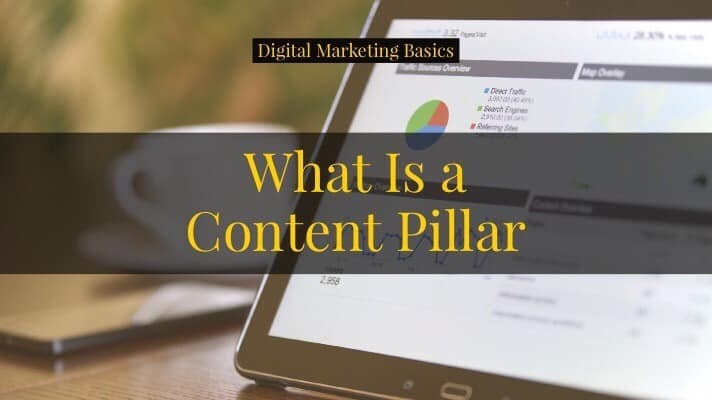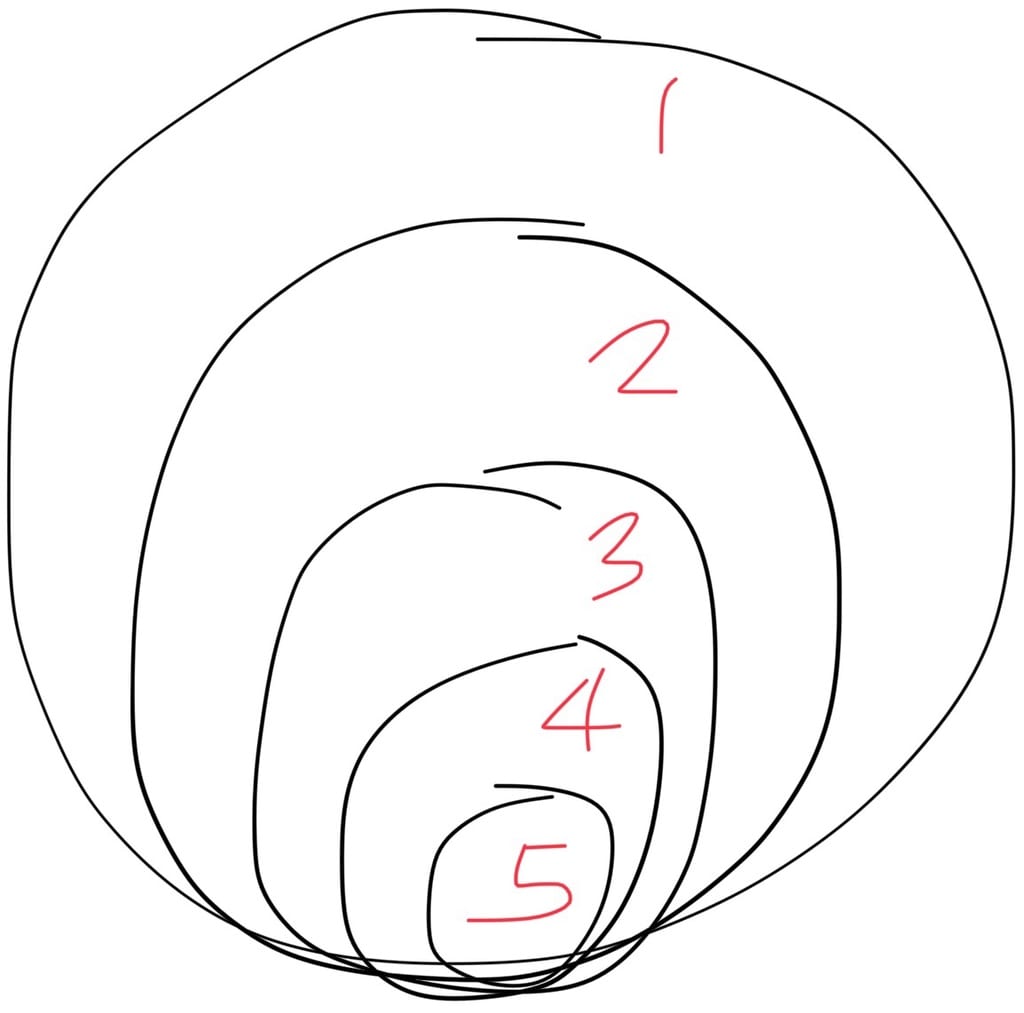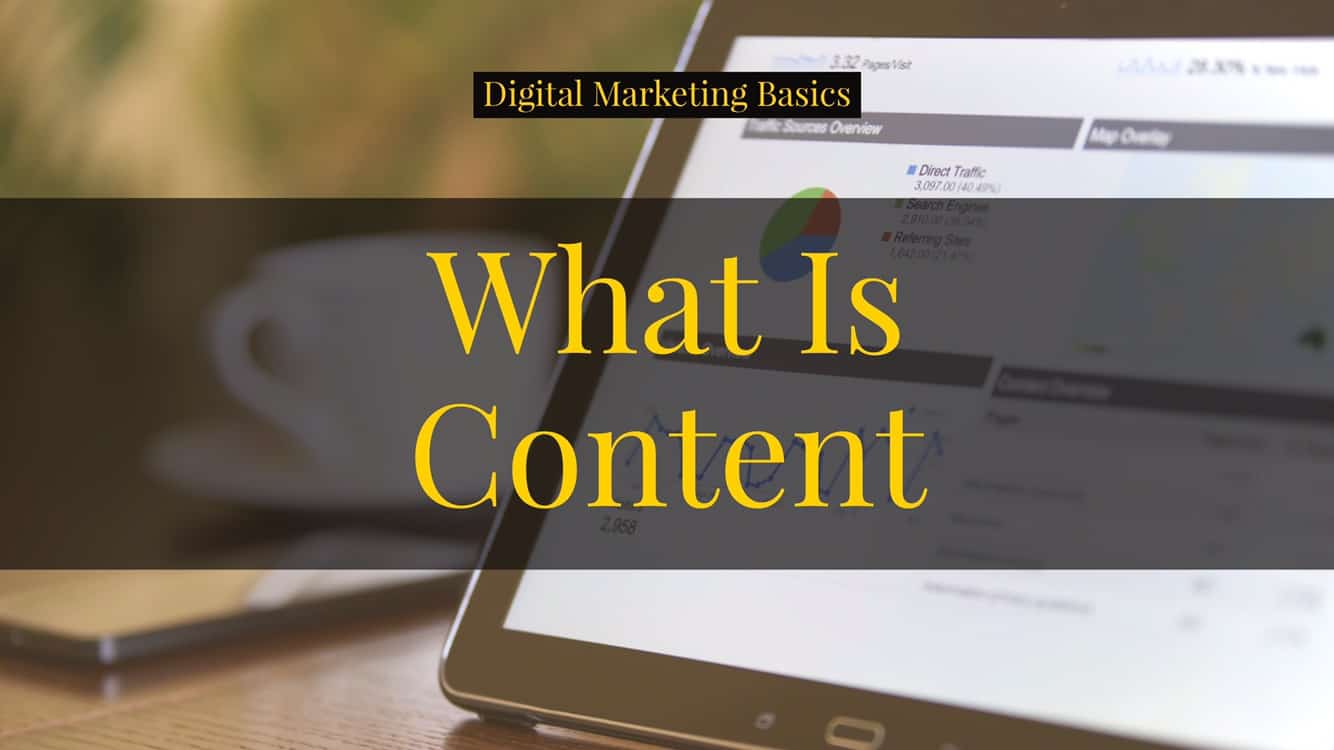One of the fundamental beliefs held by many marketers (business owners and salespeople as well) is that they can control how their customers buy. This is not an effective approach to digital marketing.
The fact is, the only thing you can control is your own behavior. People who fail to ask the question, “what’s different now?” and act upon that answer is bound to fail.
I’m writing this now in 2017. The important word there is 2017.
People’s buying behavior has changed. Before there was internet, the only way consumers get to know about a certain product or service is through an ad or buy stepping in a store and talking to someone. The company has, in some way, control over the buying experience because it has the information the customer needs.
But that is no longer the case. Today, by the time people “talk” to a person in your company, they are already 81% through the buying cycle. They have already done their research beforehand.
As a result, people consume content more than ever and content that matters to them. With the proliferation of tools and on-demand services like RSS aggregators, social media, and device notifications, plus with the internet being more accessible (though the quality of the internet here in the Philippines is an entirely different conversation), you and your company have to be present where your buyers are searching for these information.
In addition, Google and Facebook are continuously developing their algorithms to only show content that is relevant to the searcher. This is the reason why you don’t see updates in your timeline chronologically.
Think about the last time you bought your laptop or phone. You’ve already read reviews, asked your friends, and read a ton of articles. Then, when you get to the store, you ask a few questions about warranties, compatibilities, and other things that you already read about. You’re simply confirming what you already know about.
In this scenario, you’re pretty much sold already. The person you’re talking to doesn’t need to hard-sell. In fact, if they become to nosy and push you too hard, you probably won’t buy. Or, put it differently, you probably won’t buy from them. You’re still interested in the product — just not from this company.
The problem here is that most marketers behave as if they still control the buying experience. Hard selling is one of the biggest problems marketers do today.
Has any of these situations ever happened to you?
- Received SMS messages from an unknown number about a condominium
- Received an email from a company telling you about their sale this weekend
- Received a message on LinkedIn telling you about an exceptional opportunity
As a consumer, i.e. on the receiving end of these messages, we get irritated about these so much. But on the other end, why do we keep sending these kinds of messages?
And in case you’re wondering when I receive this kinds of messages, the numbers get blocked (so they can never message me again) and the emails marked as spam. As a marketer, I am disgusted by these people who regard this as marketing. There’s this one popular hardware store who keeps on sending mass email about their sale. First, I never signed up for this so the first and second time they sent that to me, I replied asking to remove me from their mailing list. No response. So, I just made a filter in my email to automatically move their message to spam. The other problem is that they are sending this email via BCC method — an email practice that is very unprofessional and, IMO, borders on unethical.
People consume content now more than ever. Good content for that matter. Sending unsolicited messages is not only bad content. It is also ineffective. And we don’t want that.
So, why do we, as marketers, spend so much time sending these unwanted messages instead of creating content that people will find relevant and helpful?
The answers, as what other marketers I interviewed said, primarily falls under two categories: (1) they don’t know where to start and (2) pressure to bring in results.
By the end of this article, I hope I’ll be able to address the first category. For the second one, there really is no single way to answer that. One thing I do know is that you need to change something. Because you already aren’t bringing in results. And as what they say, doing the same things over and over and expecting a different result is the definition of insanity.
Summarizing what you read so far, consumers behave differently now than when there was no internet. Organizations no longer control the buying cycle. Consumers read and research (content) before even getting in touch with you. Now, if you are not present in that research, you are missing out on a lot of opportunities.
Ok, so where do you start?
Create Content Your Audience Wants and Needs
Before anything else, I just wanted to make it clear — content that your audience wants and needs — NOT what you think they need or want. The content is for your audience, not for you. Have this mindset when creating content and you’re already halfway there.
Another note here is that you need a platform to create content. In most cases, this is a blog.
If this is the first-time you’re doing this, then this might be a problem. But there are tons of resources out there for starting a company blog. Feel free to speak with your IT (if you have one) for help on how to get started. If you have full control over these kinds of things, one of the popular ones out there is WordPress. It’s what this site is on.
1) List Your Top 10-20 FAQs
List the frequently asked questions you get and the corresponding answers to them. This is one of the quick wins I always start out with. It’s easy and simple. In a matter of minutes, you can have months worth of content.
Some general guidance on these is to create short answers (1 to 2 sentences) and long answers to these FAQs. Use the short answer when you get asked on social media, via phone, etc. Then, the long answers should be present in your blog.
Here’s what you need to do:
- Download this Google Spreadsheet (or make a copy of your own) then delete the entries or duplicate the sheet so you retain the sample and have a clean one
- List down your FAQs
- If you know the answer (which you should), write it down in the short answer column.
- Finish the rest of the administrative details in other columns
Lastly, if you don’t have content for any of these, write them. Try to aim for at least 300 hundred words. Focus on the answer and going straight to the point. Perhaps adding an example to better explain the situation.
Then, what you do with those 300-word articles is to publish or schedule them once a week. If you have 10 FAQs, that’s 10 articles. And if you use the schedule I suggested, that’s 3 months worth of content. This gives you enough time to brainstorm and create longer and more in-depth content.
Make your life easier by collaborating with the different departments who engages with customers. Marketing, sales, operations, customer service, etc. Work with them to list down the questions and answers.
Pro Tip: the short answers are used by both marketing and sales when asked via email and/or social media. This ensures you have a standard response and not have marketing say X then sales say Y. Then, after creating and publishing the actual article (long answer), use that as an additional reference when you reply via email or social media.
On a side note, the template I shared is exactly what I used at Full Suite. We have a weekly (yes, weekly) 30-minute run-through of the document. What happens is throughout the week, people from marketing, sales, and operations place questions there. If they know answer, they plug in the short answers as well. During the call, we go through each new item one-by-one. This keeps us all stay aligned and have one common response to customers. That’s it. Then, marketing is left with the task to create content for these and schedule them in the content calendar.
2) Identify Problems You Are Trying to Solve
As a company, you usually have 3-5 of these. If you’re solving a lot, then it’s either you’re a really big company or you don’t have focus.
Once you have these problems, create content from 3 different angles:
- High-level solution to the problem
Answer the question straight to the point. Don’t mention any products / services. Remember, you are most likely just one of the solutions out there. Here’s an example: The problem is “how to file income tax”. The right answer to that question (problem) is to fill-out this form through eBIRForms, print the form and confirmation email, pay the amount to the bank (if applicable), then keep the records. The bank will forward the tax returns to the BIR. That’s it. Of course, you explain in detail, but there’s no mention of any product or service. It just answers the problem. - Present different solutions to solving the problem
In this angle, you now look at options / alternatives to solving the problem. Using the same example above, you can write about 3 ways to file income taxes: (1) do it yourself, (2) do it yourself but using a system or software, (3) hire an accountant or a company to do it for you. You can lay out the pros and cons for each, etc. - How do YOU solve the problem. Finally, create content for how YOU solve the problem. If you’re an accounting firm, then answer how do you file income taxes. Include your process, how long it takes, the amount, etc. I don’t need to elaborate on this as it’s the type of content you probably know best to do.
Pro Tip: Do this for every type of content. This is actually an application of the buyer’s journey in your content creation.
Reminders for Creating Content
- Don’t worry about SEO. Look, SEO doesn’t matter that much if you don’t have content. At this point, having content matters more. So focus on that. SEO can be roughly divided into 90-10 split. 90% are outside your control while 10% is within your control. That external aspect relies on the quality of your content, while the internal deals with how your content is structured technically. This 10% is what I covered in commandment 5 for effective digital marketing. So focus on creating content your customers would want to read.
- Categorize content based on the stage they are in. Use both your judgment and facts. I already touched on this topic above. Remember this: there are a number of ways to discuss any topic. You just need to find an angle. No matter the industry. Don’t make it an excuse that you are in a boring industry. As long as you are solving other people’s problems, there will always be content to make.
- Just write. I cannot stress this enough. You might say after reading all these is that it’s good in theory but not for you because you are not a writer. Look, it’s 2017 now. These are the basic qualities of effective marketers. Content is something that would not go away. If you want to continue in this field, you either adapt or die. I’m sorry if that sounds harsh, but that’s just the way it is. At the end of the day, unless you execute, knowing all these won’t matter. You don’t even need to write yourself. But you need to create content. You can hire other people to do so. But if you don’t do it, you’ll be left behind.





